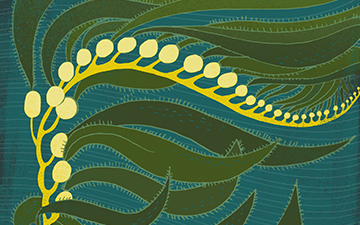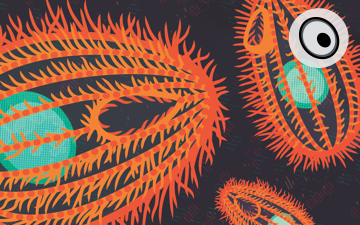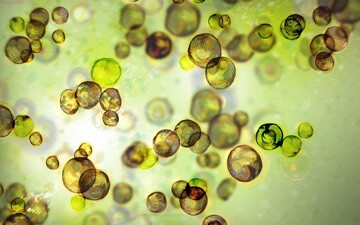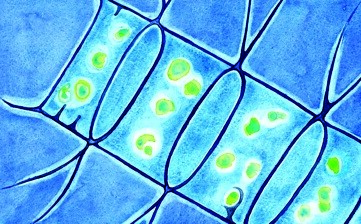Chromalveolata

Giant Kelp
Macrocystis pyrifera



3 POINTS
Fact: Darwin is thought to be one of the first scientists to consider the ecological importance of kelp comparing them to an aquatic version of a forest of trees.

Actinophrys
Heliozoa type


7 POINTS
Play: Actinophyrys has a MOVE of 1, and is considered a EUKARYOTROPH.
Fact: Heliozoa is a type of amoeba that is spherical with stiff projections (axopods) radiating outwards from its body.

Phytoplankton
Diatom Order


2 POINTS
Fact: Diatoms belong to a large group called the heterokonts, including both autotrophs and heterotrophs

Ciliates
Tetrahymena (genus)


3 POINTS
Play: Ciliates have a MOVE of 1
These unicellular protists use hair-like cilia for locomotion and feeding. They are important to biomedical research and have contributed to our understanding of many cellular and biochemical processes.

Zooxanthellae
Symbiodinium spp.


3 POINTS
• ZOOXANTHELLAE is a PLANKTON SPECIES.
• ZOOXANTHELLAE must be present to play WARM WATER CORAL SPECIES (SYMBIOTIC relationship).

Diatom
Chaetocerus spp.


3 POINTS
• Prochlorococcus spp. is a PLANKTON SPECIES.